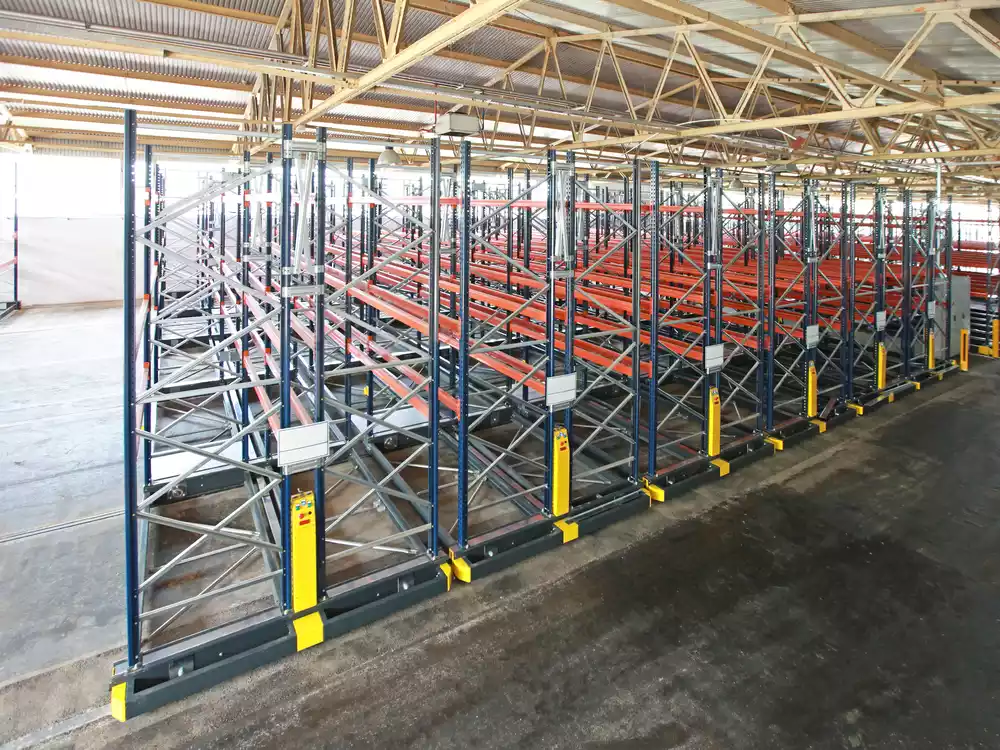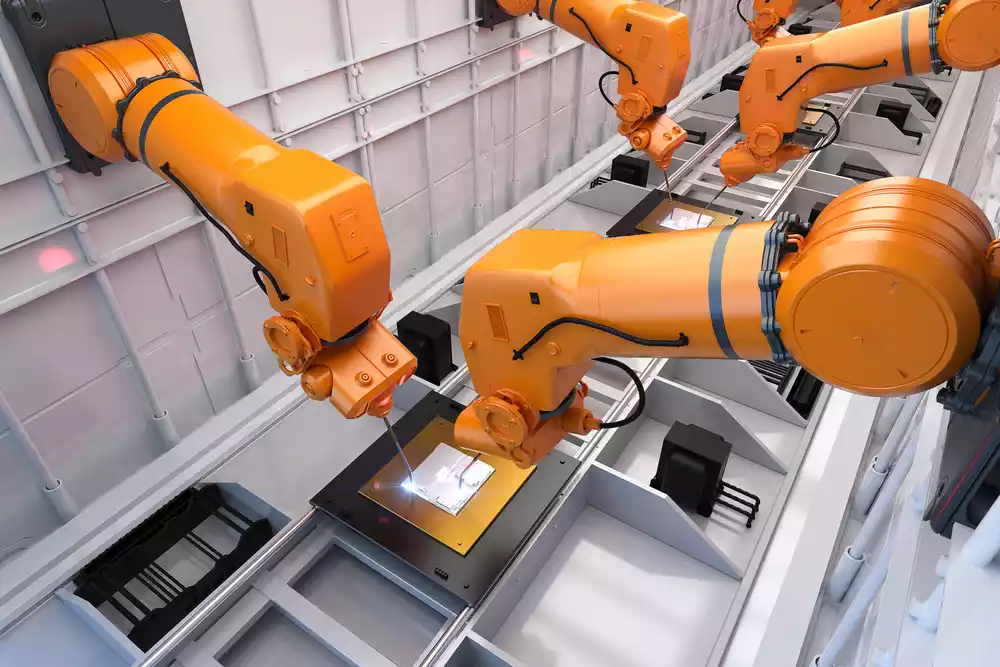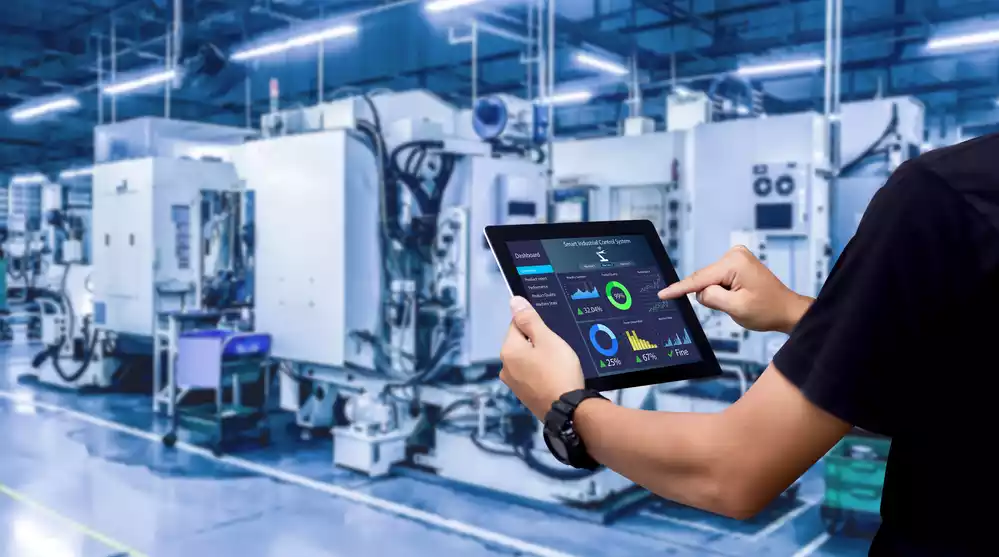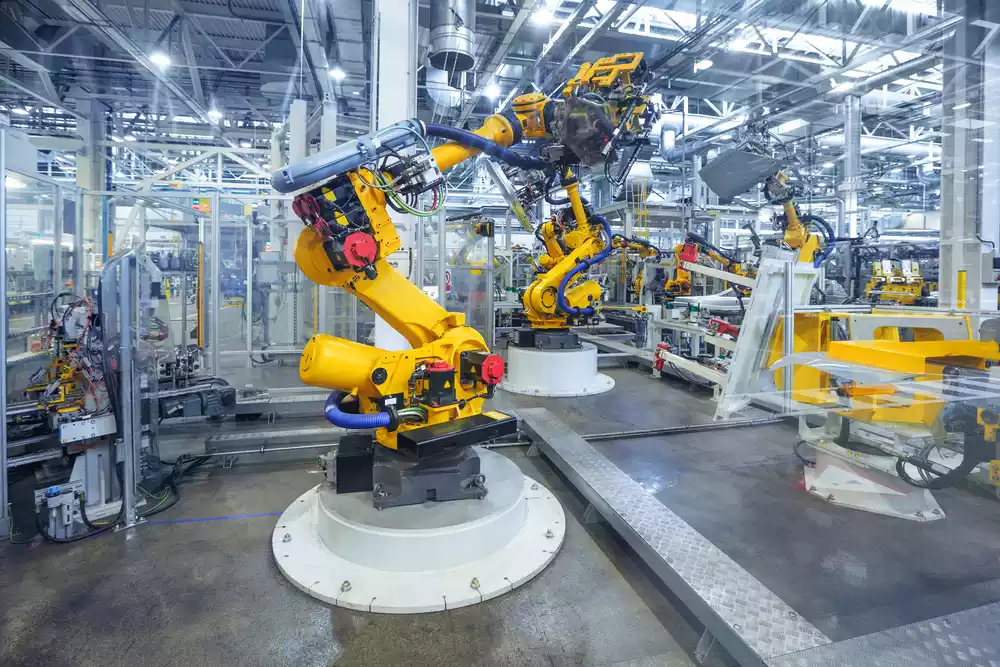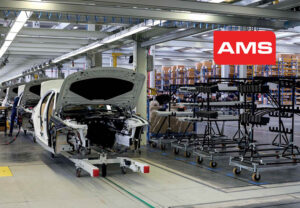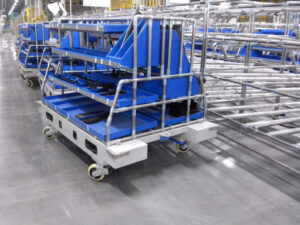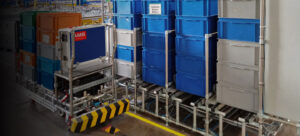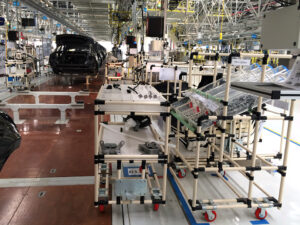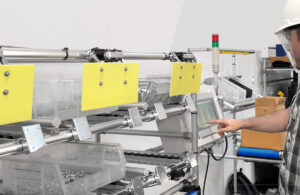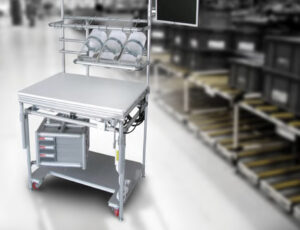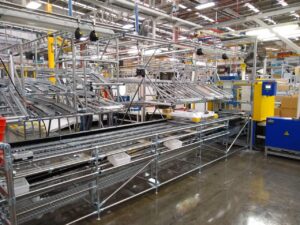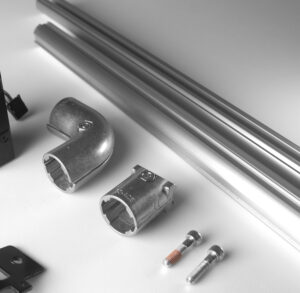Table of contents
Unlocking Efficiency: The Key Role of Continuous Flow in Lean Manufacturing
As a business owner, you’re always on the lookout for ways to improve efficiency while reducing costs. One process that has gained popularity in recent years is lean manufacturing, which emphasizes minimizing waste and maximizing value for the customer. Within this approach, continuous flow is a critical element that helps to reduce lead times, inventories, and overall costs.
Continuous flow means that products move through the manufacturing process without interruption, ideally in a single-piece flow that eliminates the need for batching or waiting between stages. This approach also allows for quick identification of defects or bottlenecks, which can be addressed immediately to prevent costly delays or waste. By adopting this principles, your business can unlock significant gains in efficiency and quality, ultimately leading to higher customer satisfaction and increased profitability.
The Role of Continuous Flow in Lean Manufacturing
In Lean Manufacturing, continuous flow is the process of moving products or materials through each stage of production with minimal interruption. The goal is to ensure that there is an uninterrupted flow of work, and that each stage is performed at a consistent pace, without any bottlenecks or delays.
Achieving this process requires careful planning and coordination, as every step of the production cycle needs to be in harmony in order to achieve optimal efficiency and productivity. By focusing on creating a smooth, uninterrupted flow, Lean Manufacturing can help businesses keep up with demand, minimize waste, and save time and money.
Reducing Waste
Implementing this process can lead to a significant reduction in waste. By ensuring that each step of the production cycle is synchronized and occurs at a consistent pace, there is less likelihood of overproduction, waiting, or unnecessary inventory.
By reducing waste, businesses can save money on overhead costs and improve their overall profitability. In addition, having less waste in the production process creates a more eco-friendly environment, which is becoming increasingly important in today’s society.
Streamlining the Production Process
This process streamlines the production process and ensures that each step is conducted properly and efficiently. This results in quicker turnaround times and faster delivery to customers, which can help businesses remain competitive.
By eliminating interruptions and bottlenecks in the flow of work, businesses can reduce the time required to complete orders and eliminate the need for costly overtime or additional shifts.
Benefits of Continuous Flow in Lean Manufacturing
Increased Productivity
Can lead to an increase in overall productivity. By eliminating interruptions and bottlenecks in the production process, businesses can produce more products in a shorter period of time and with fewer errors. This can help businesses meet demand and increase their revenue.
Reduced Lead Time
Can also lead to a significant reduction in lead time, allowing businesses to fulfill orders more quickly and efficiently. By streamlining the production process and ensuring an uninterrupted flow of work, businesses can reduce the time required to complete orders and deliver products to their customers.
Reducing lead time can improve customer satisfaction and help businesses establish a reputation as reliable and efficient.
The benefits include increased productivity, minimized waste, reduced lead time, and improved quality control, among other advantages. By implementing this process, businesses can improve their profitability, reduce costs, and meet customer demand more efficiently.
The Impact of Continuous Flow on the Value Stream
Continuous flow is an essential element of Lean Manufacturing, as it plays a vital role in improving the value stream. By ensuring that the production line runs uninterrupted and without bottlenecks, manufacturers can eliminate waste, reduce lead times, and improve the flow of materials and products through the production process.
Reducing Bottlenecks
Bottlenecks on the production line can cause delays, increase lead times, and decrease output. This approach helps identify bottlenecks and improve the flow of work, reducing the time and resources required to complete a task, improving overall efficiency.
Eliminating Waste
Waste is any activity that does not add value to the production process, and it can be a significant source of inefficiency. In this system, waste is identified and eliminated, and resources are conserved by reducing inventory and minimizing wasted time and materials.
Improving Flow
This approach ensures that materials and products move smoothly through the production process, eliminating the need for wait times and reducing the risk of errors and defects. As a result, the production process can be completed more efficiently and with higher quality.
Implementing Continuous Flow in Lean Manufacturing
The implementation of a this approach requires careful planning and analysis. Here are some tips to help:
Recognizing Waste
Identifying waste is critical to the success of this process. Manufacturers should analyze every step in the production process and look for ways to reduce waste, such as by eliminating unnecessary steps, reducing the time spent on non-value-added activities, and minimizing inventory.
Analyzing the Production Line
This process requires a thorough analysis of the production line to identify potential bottlenecks and areas where waste can be eliminated. Manufacturers can use tools like value stream mapping to identify these areas and develop solutions to mitigate them.
Creating a Future State Map
A future state map is an essential tool for planning and implementing this approach. It outlines the desired state of the production process, including timelines, resources, and objectives. By creating a future state map, manufacturers can ensure they have a clear roadmap for achieving a lean and efficient production process.
The Role of Technology in Continuous Flow Implementation
Automation
Incorporating automation technology is one way to implement this process in lean manufacturing. By automating the production process, organizations can minimize the risk of bottlenecks and concentrate on flow optimization. Automated machinery can perform tasks that would otherwise require human intervention, freeing up workers to focus on more complex tasks.
Real-time Monitoring
With the aid of real-time monitoring systems, organizations can acquire an accurate understanding of the manufacturing process’s performance. This technology enables continuous flow by allowing managers to monitor the production process in real-time, identifying bottlenecks, and other issues that may impede flow. This knowledge can then be utilized to make adjustments, optimize the process, and improve flow.
Data Analysis
Data analysis is instrumental. Collecting and analyzing data concerning the production process can help identify unproductive or problematic parts of the manufacturing process. The information delivered through data analysis can be used to make informed modifications towards optimizing the production process.
Experience the game-changing benefits of AMS, AUTOMATED INDUSTRIAL SOLUTIONS, along with cutting-edge pipe racking technologies. Elevate your operations, drive continuous flow, and achieve unparalleled efficiency. Contact us today for a tailored solution that revolutionizes your manufacturing processes.
We look beyond the scope To surpass your expectations
We understand the importance of retaining a strong working relationship with our customers. AMS provides a niche for everyone through excellent customer care and top-rank products.

